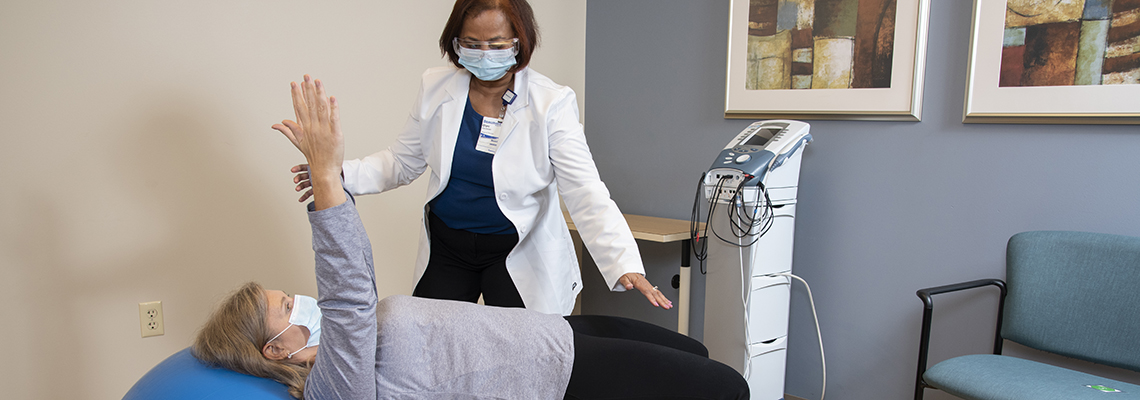Investigating the Varied Techniques of Physiotherapeutic Rehabilitation for Enhanced Healing and Restoration
Investigating the Varied Techniques of Physiotherapeutic Rehabilitation for Enhanced Healing and Restoration
Blog Article
Physiological rehabilitation is an essential discipline that assists individuals recover from traumas, operations, and multiple health issues. It entails a variety of techniques designed to enhance movement, reduce pain, and boost general physical function. Physiotherapy therapists are trained professionals who evaluate each patient’s needs and create customized treatment plans. These programs often include workouts, manual therapy, and education about physical mechanics. By employing these diverse techniques, physiotherapy can substantially enhance a patient’s quality of life.
One frequent technique used in physical is rehabilitative activity. This involves specific movements and activities that help build muscle strength, improve flexibility, and boost endurance. For example, a client recovering from leg operation may engage in exercises that concentrate on restoring power in the lower limb muscle groups. These exercises are carefully chosen based on the patient’s condition and goals. By incrementally increasing the intensity and challenges of the activities, physical therapists can assist clients regain their power and movement over time.
Another important method is hands-on therapy, which comprises physical methods to manipulate the body’s soft muscles and joints. This can entail stretching, joint movement, and massage. Manual therapy aims to alleviate pain, minimize inflammation, and improve blood flow. For instance, a practitioner may apply light pressure to relieve tension in stiff muscle groups or to help a joint function more freely. This technique is often integrated with other therapies to enhance recovery and encourage recovery. Clients often find hands-on therapy to be a soothing and effective way to control their pain.
In addition to workouts and manual therapy, instruction plays a crucial part in physiotherapy. Practitioners teach clients about their conditions and how to handle them effectively. This may entail guidance on correct posture, physical movements, and techniques to avoid future traumas. For example, a practitioner might show a patient how to raise heavy items safely to prevent injuring their back. By enabling patients with understanding, physical practitioners help them assume an engaged role in their recovery and promote long-term health and fitness.
Finally, technological advancements is increasingly being integrated into physiotherapy methods. Tools such as sonography, electrical stimulation, and immersive reality can improve traditional therapy approaches. These technologies can assist reduce discomfort, promote recovery, and provide engaging methods for clients to participate in their rehabilitation. For instance, immersive reality can generate engaging environments for clients to rehearse actions in a safe plus secure environment. As technology continues to develop, it offers promising possibilities for enhancing recovery outcomes in physiotherapy.
In conclusion, physiotherapy encompasses a try this out range of methods that work together to assist rehabilitation and rehabilitation. Through rehabilitative exercises, hands-on treatment, patient education, and the application of technological tools, physical practitioners offer comprehensive treatment customized to each individual’s requirements. This comprehensive approach not only assists clients regain their bodily abilities but also enables them to maintain their well-being in the long-term future. As an increasing number of people recognize the advantages of physiotherapy, it remains to play a vital part in the journey toward improved well-being and fitness.